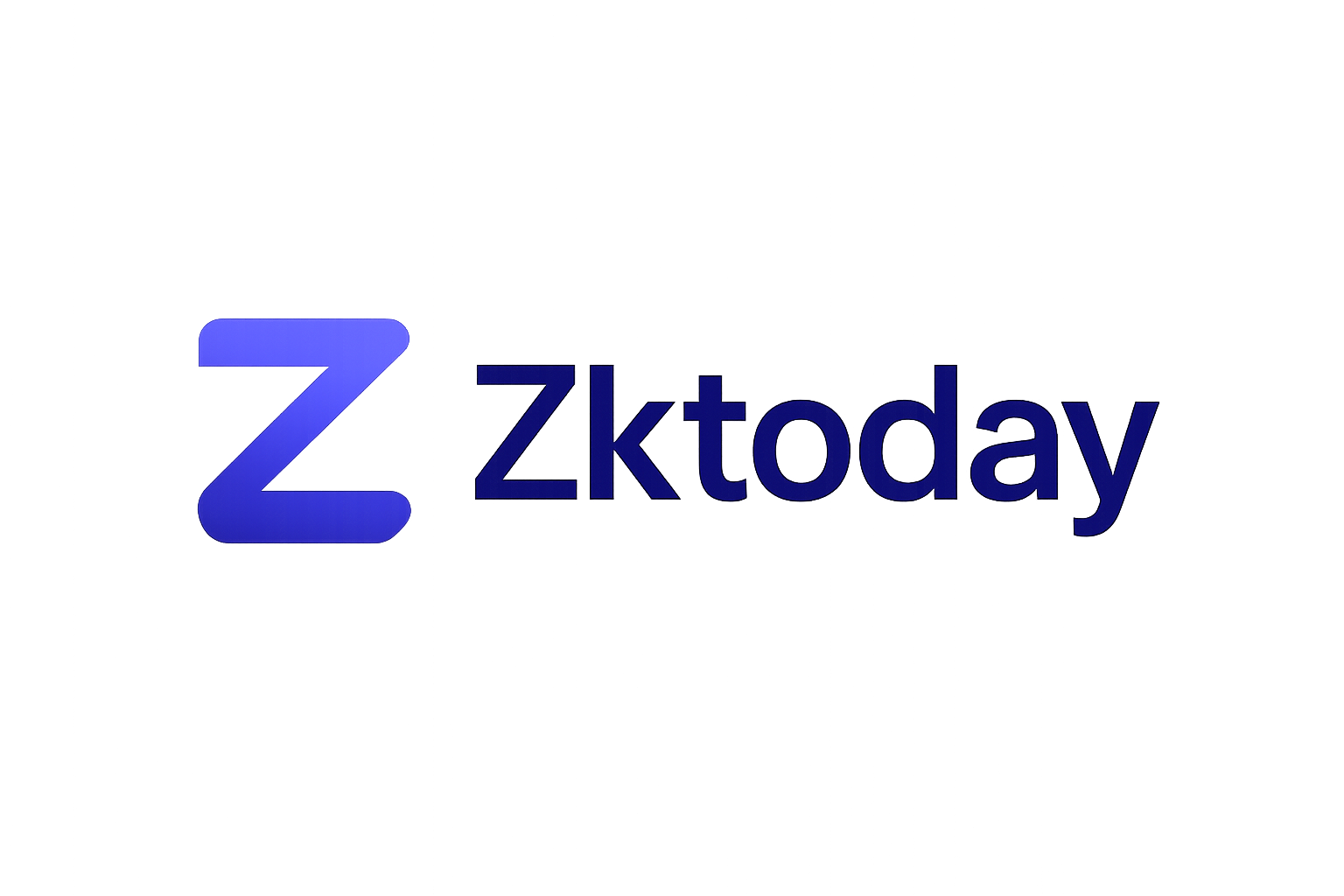
Zero-knowledge (ZK) rollups have emerged as a cornerstone of blockchain scalability, but for years, their adoption was throttled by the immense computational cost of proof generation. In 2025, that bottleneck is being shattered. Hardware acceleration – leveraging GPUs, FPGAs, and ASICs purpose-built for ZK cryptography – is transforming the economics and throughput of ZK rollups, making them viable for mass-market decentralized applications.

The Computational Challenge: Why ZK Rollups Needed Hardware Acceleration
At their core, ZK rollups bundle hundreds or thousands of transactions off-chain and generate a cryptographic proof attesting to their validity. This process involves complex mathematical operations – such as multi-scalar multiplication (MSM) and number-theoretic transforms (NTT) – that are notoriously resource-intensive. Traditional CPU-based approaches simply could not keep up with the demands of high-throughput blockchains.
By late 2024, projects like zkSync Era, Polygon zkEVM, and Scroll were already pushing the limits of what was possible with software optimizations alone. The industry consensus was clear: without specialized hardware, proof generation times would remain a major drag on both user experience and operating costs.
The Three Pillars: GPU, FPGA, and ASIC Acceleration
The breakthrough came from embracing three distinct hardware paths:
- GPUs (Graphics Processing Units): Their parallel architecture made them a natural fit for accelerating the repetitive computations in ZK proofs. zkSync Era’s deployment of GPU clusters reduced median proof times to approximately 1,075 seconds at a cost of $0.56 per proof.
- FPGAs (Field-Programmable Gate Arrays): These chips strike a balance between performance and flexibility. Polygon zkEVM’s FPGA-powered prover achieved a median proof time of 311 seconds at $0.70 per proof, demonstrating both speed and cost efficiency.
- ASICs (Application-Specific Integrated Circuits): The gold standard for performance and energy efficiency. Cysic’s proprietary C1 chip is designed specifically for zkVM workloads in Scroll’s infrastructure, enabling even greater scalability with reduced latency.
Comparative Median Proof Times and Costs for ZK Rollup Hardware Acceleration (2025)
| Project / Hardware | Median Proof Time (seconds) | Median Proof Cost (per proof) | Notable Hardware Feature |
|---|---|---|---|
| zkSync Era (GPU) | 1,075 | $0.56 | GPU Clusters for Parallelization |
| Polygon zkEVM (FPGA) | 311 | $0.70 | FPGA Acceleration |
| Scroll / Cysic (ASIC) | Not specified (minutes, reduced from hours) | Not specified | Cysic C1 ASIC for zkVM |
This hardware race has catalyzed an explosion in throughput across leading ZK rollup networks. According to recent data, zkSync Era processed 276% more daily transactions in early 2025 compared to previous quarters, all while driving transaction fees down to $0.01 per transaction, thanks in part to Ethereum’s EIP-4844 upgrades.
The Real-World Impact: Lower Latency and Cost Make ZK Rollups Practical at Scale
The implications are profound for both developers and end-users:
- Throughput: Networks like Scroll can now handle vastly higher transaction volumes without sacrificing security or decentralization.
- Latency: Cysic’s GPU-powered servers have slashed proof generation from hours to minutes, an order-of-magnitude improvement that brings near real-time finality within reach.
- Cost Efficiency: With median costs per proof as low as $0.56–$0.70 depending on architecture, deploying large-scale decentralized apps is no longer prohibitively expensive.
This leap isn’t just theoretical; it’s actively reshaping the competitive landscape between zero-knowledge rollups and optimistic rollups by eliminating one of the last major barriers to adoption.
Pushing the Frontier: Decentralized Prover Networks and Specialized Hardware Services
A new paradigm is emerging around decentralized prover networks powered by these hardware advancements. Providers like Cysic are offering “ZK as a Service” – pooling hardware resources across GPU clusters, FPGAs, and ASICs to serve Layer 2s at scale with verifiable attestation guarantees.
This commoditization enables smaller projects to tap into best-in-class proving infrastructure without massive upfront investment. Meanwhile, open-source initiatives such as SP1 from AntChain OpenLabs are pioneering fully FPGA-accelerated RISC-V zkVMs, further democratizing access to high-performance zero-knowledge computation.
As hardware-accelerated proving becomes more accessible, we’re witnessing the rise of a new class of zk rollup infrastructure providers. These actors are not just building chips, they’re orchestrating decentralized networks of provers that can be tapped on demand. The result is a modular ecosystem where scalability is no longer gated by a single project’s engineering resources, but instead benefits from an open market for zero-knowledge computation.
Importantly, this shift is also catalyzing innovation in areas like verifiable attestation and privacy-preserving AI compute. By integrating hardware-level attestation into their stacks, networks can ensure the integrity of proofs generated offsite, mitigating centralization risk while preserving the trustless guarantees that define ZK rollups. This opens the door to decentralized AI inferencing and confidential data marketplaces, use cases previously considered impractical due to computational constraints.
Challenges and What’s Next: The Road to Mass Adoption
Despite these advances, several hurdles remain. Hardware design cycles are long and capital-intensive; ASICs offer unmatched efficiency but require significant up-front investment and carry supply chain risks. FPGAs provide flexibility but can lag behind ASICs in raw throughput, while GPUs, though widely available, are less energy efficient at scale. The industry continues to debate the optimal blend of these technologies for different use cases within the ZK ecosystem.
Another critical challenge is interoperability. As more projects adopt custom hardware or outsource proving to third-party networks, ensuring seamless integration with existing Layer 1s and Layer 2s becomes paramount. Open standards for proof formats and APIs will be essential for preventing fragmentation and unlocking true composability across chains.
Still, the momentum is undeniable. As zero-knowledge proof hardware acceleration matures, we’re seeing real-time cost reductions, such as $0.56 per proof on zkSync Era and $0.70 per proof on Polygon zkEVM: and transaction fees dropping to $0.01 per tx. These are not theoretical figures; they represent a step-change in blockchain economics that will enable new classes of decentralized applications in gaming, DeFi, identity, and beyond.
The next wave may well be defined by even deeper integration between specialized hardware and cryptographic protocols: think purpose-built ZK accelerators embedded directly into consumer devices or edge nodes participating in global prover networks. As research into succinctness (reducing proof size) continues alongside hardware advances, latency could shrink further, from minutes to seconds or less.
The race is far from over, but with each passing quarter, it grows clearer that zero-knowledge proof hardware acceleration isn’t just revolutionizing zk rollup scalability in 2025; it’s laying the groundwork for a new era of permissionless computation at planetary scale.






